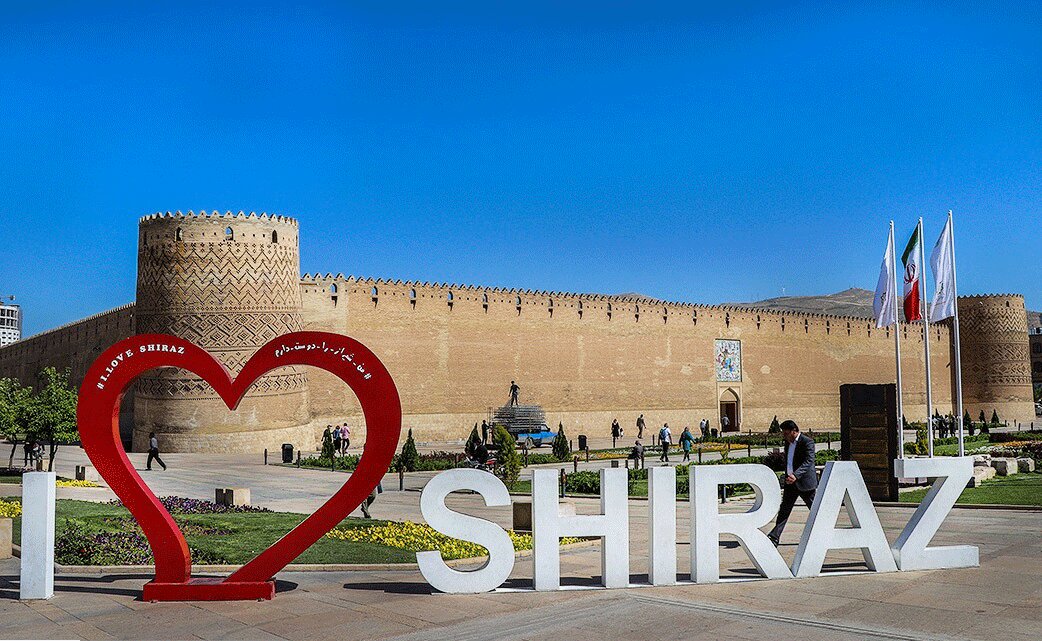Shiraz’s cultural identity preserved by its people, ICOM chairman says

TEHRAN – The cultural identity of Shiraz, the capital of the southern province of Fars, has been preserved by its people, the Chairman of the National Committee of Iranian Museums (ICOM) has said.
It has been the people of Shiraz who have protected the cultural identity of the city throughout history, Mehr quoted Seyyed Ahmad Mohit Tabatabai as saying on Monday.
When several Iranian cities during the Mongol invasion of Iran in the 13th century were destroyed forever, the people of Shiraz tried to protect their city, historical monuments, and cultural heritage, which they did very well, he added.
“Their efforts have resulted in what we have today as our cultural heritage,” he noted.
Last April, a cultural heritage expert announced that the historical texture of Shiraz holds potential to be registered on the UNESCO World Heritage list.
The historical texture of Shiraz could be inscribed on the UNESCO World Heritage list, but it has not yet been registered on the national heritage list, and that is one of the prerequisites for gaining a UNESCO tag, he explained.
The historical texture of Shiraz is one of the richest in Iran and even in West Asia due to its relative coherence and unique architectural features, he mentioned.
There is a wide range of historical monuments in this area dating back to the Safavid and Qajar eras as well as the Pahlavi period, he added.
Antiquity and lack of adequate budgets have caused the historical texture to undergo a process of destruction and degradation during the past two decades, however today, with the participation of the private sector, many cases of restoration and protection have taken place, he noted.
Celebrated as the heartland of Persian culture for over 2000 years, the southern Iranian city in Fars province has become synonymous with education, nightingales, poetry, and crafts skills passed down from generation to generation. It was one of the most important cities in the medieval Islamic world and was the Iranian capital during the Zand dynasty from 1751 to 1794.
Shiraz is home to some of the country’s most magnificent buildings and sights. Increasingly, it draws more and more foreign and domestic sightseers flocking into this provincial capital.
Eram Garden, Afif-Abad Garden, Tomb of Hafez, Tomb of Sa’di, Jameh Mosque of Atigh, and Persepolis are among the historical, cultural, and ancient sites of Shiraz that are of interest to domestic and foreign tourists.
The UNESCO-registered Persepolis, also known as Takht-e Jamshid, whose magnificent ruins rest at the foot of Kuh-e Rahmat (Mountain of Mercy), was the ceremonial capital of the Achaemenid Empire. It is situated 60 kilometers northeast of the city of Shiraz in Fars Province.
Shiraz is also home to some magnificent historical gardens such as Bagh-e Narenjestan and Eram Garden, which are top tourist destinations both for domestic and international sightseers.
UNESCO describes the Persian Garden as an idea that combines natural elements with manmade components to materialize the concept of Eden or Paradise on Earth.
The ancient region of Fars, also spelled Pars or Persis, was the heart of the Achaemenian Empire (c. 550–330 BC), which was founded by Cyrus the Great and had its capital at Pasargadae. Darius I the Great moved the capital to nearby Persepolis in the late 6th or early 5th century BC.
ABU/
Leave a Comment